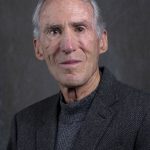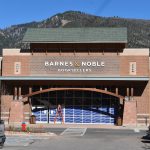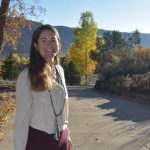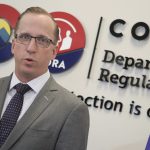Colorado governor hosts policymakers and experts to discuss energy ‘superabundance’ in the West
Panelists explore how to balance growing energy needs with lower costs
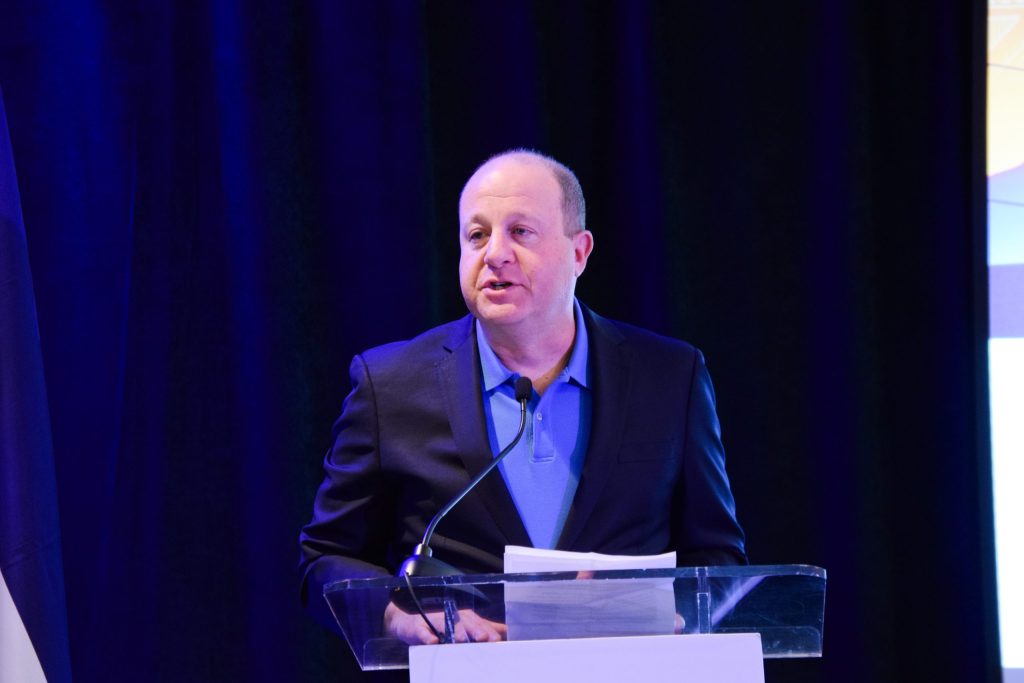
Western Governors’ Association/Courtesy photo
Lower energy costs, regulatory reform and an all-of-the-above energy approach were key talking points for a group of policy experts and stakeholders during a two-day summit in Denver hosted by the Western Governors’ Association.
The meeting was the second in an ongoing series of workshops promoting the governors’ association’s “energy superabundance” agenda, which is being led by the association’s chair, Utah Gov. Spencer Cox. The association represents a bipartisan group of governors from 22 states.
Kicking off the event on Tuesday, Colorado Gov. Jared Polis told a crowd that transmission infrastructure is the key to delivering energy on a large scale, but that those projects often face several obstacles that include permitting, financing and grid resilience.
“Expanding low-cost, reliable energy is a key goal of not just Colorado, but I think I can speak for every western state — we want reliability, we want low cost,” Polis said. “My fellow governors and I are committed to working together to find practical and bipartisan solutions that can improve the grid and expand transmission infrastructure to truly achieve energy superabundance.”
Leah Rubin Shen, a managing director for Advanced Energy United, a trade association representing roughly 100 energy-related companies, said that major investments are needed in the nation’s transmission infrastructure to meet current and future energy needs.
Rubin Shen said that a 2024 study by the U.S. Department of Energy shows that if “we want to meet demand growth and maintain reliability at (the) lowest cost, we have to more than double our transmission system in the next 25 years.
“That includes more than doubling, perhaps even tripling, the amount of interregional transmission,” she said during a panel discussion on energy needs. “So, not just local projects but also the large, high-voltage lines that connect disparate parts of regions.”
Responding to a question about how to keep up with growing demand, Rubin Shen said, “I think we’re in a moment where we don’t have the luxury of sort of picking and choosing our favorite resources. We need all the resources.”
Growing investments in new data centers to power artificial intelligence and other technologies are among the factors driving up energy needs. Chris Parker, director of the Utah Division of Public Utilities, said one of the main conversations he’s having is around “how you make sure the rest of the ratepayers aren’t underwriting this sort of extraordinary growth from these companies.”
“How do we make them pay for what they need?” Parker said.
Panelists also discussed the role of the federal government in supporting energy projects and infrastructure.
Rubin Shen said presidential administrations should employ a “do-no-harm” approach to the energy sector and avoid favoring some energy production over others.
“This is not just restricted to this administration,” Rubin Shen said. “Administrations in the past have also picked their sort of preferred resource winners and losers … and that is just detrimental to the energy sector as a whole.”
Policy experts highlighted the need for permitting reform for energy projects that can help drive down time and costs for developers and, in turn, avoid higher rates for consumers. Part of that includes streamlining application and review processes at the state and federal levels to avoid repetition.
“If a state has a solid permitting process in place that is comparable to what the feds require, why are we doing it again?” Rubin Shen said.
Asked to consider what energy “superabundance” looks like in practice, Ben Fitch-Fleischmann, markets and transmission director for the renewable energy trade group InterWest Energy Alliance, said it’s about lowering costs.
“In a world of superabundance, we probably wouldn’t be really concerned about costs, because we’d have so much,” said Fitch-Fleischmann, whose trade group advocates for developers of wind and solar storage and transmission lines in the interior Rockies and desert Southwest.
“That, obviously, is not the world we live in today,” he continued. “Costs really matter; most people really struggle to pay their bill.”
Fitch-Fleischmann added that the “growth of demand is going to be constrained by our ability to expand the grid. … If we want a land of superabundance, we have to build it, and building it has real costs.”
While Parker said there is “some peril of overbuilding” infrastructure like data centers, he added, “That’s OK. That’s how we get a period of superabundance.”
“I do think it’s important to make sure the right folks are paying for it and, ultimately, everything is intended to benefit humans,” Parker said. “I come from a red state that’s very much into anti-socializing things, but energy is absolutely, 100%, a very socialized thing. It needs to be. It has to be.”
Other panels focused on energy challenges and solutions were held on Tuesday and Wednesday as the conference continued. Those discussions included a deeper look at permitting reforms, developing more colocation transmission lines that are shared with other infrastructure and grid efficiency improvements.

Support Local Journalism

Support Local Journalism
Readers around Glenwood Springs and Garfield County make the Post Independent’s work possible. Your financial contribution supports our efforts to deliver quality, locally relevant journalism.
Now more than ever, your support is critical to help us keep our community informed about the evolving coronavirus pandemic and the impact it is having locally. Every contribution, however large or small, will make a difference.
Each donation will be used exclusively for the development and creation of increased news coverage.



